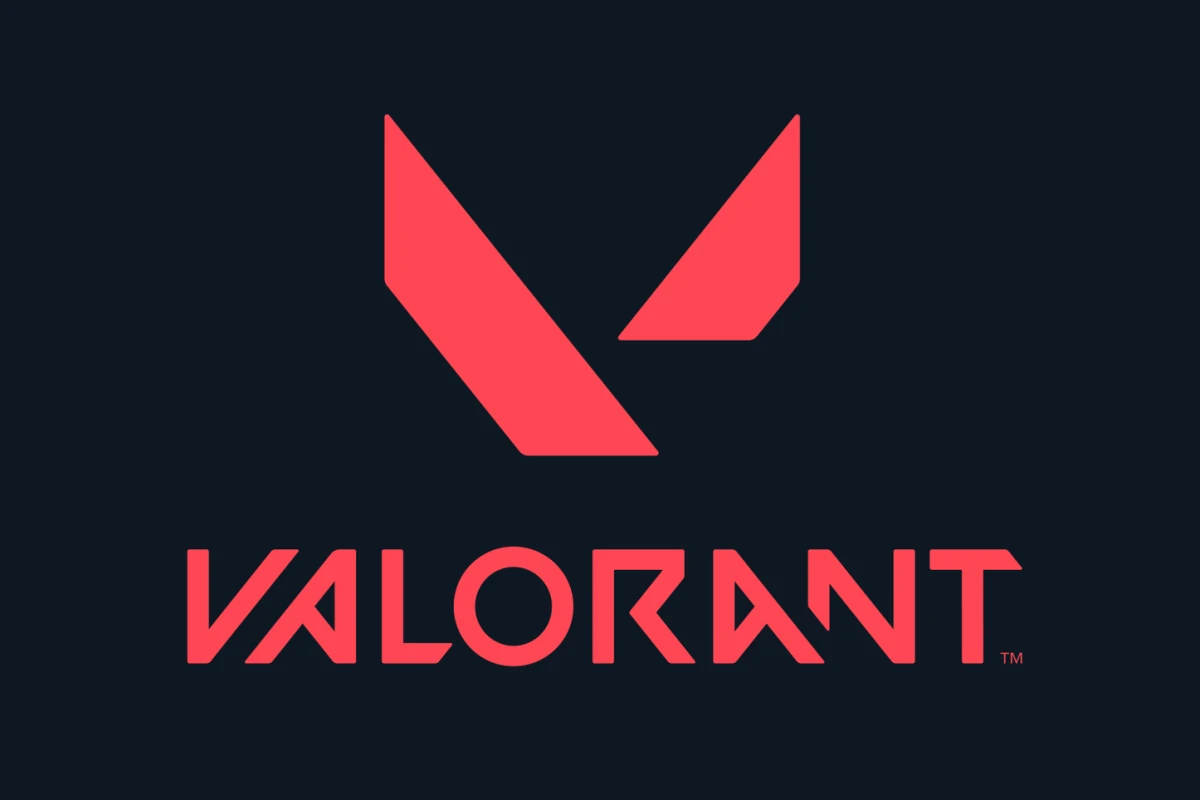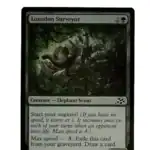Valorant’s ranking system offers players a structured way to measure their skill and progress in competitive play. The system uses a tiered approach, starting from Iron and culminating in the prestigious Radiant rank. Players climb through ranks by winning matches and earning Rank Rating (RR) points, which determine their position within each tier and eventual promotion to higher ranks.
Riot Games designed the Valorant ranking system to create fair and balanced matches. It takes into account individual performance, team results, and hidden matchmaking rating (MMR) to place players in appropriate skill brackets. This ensures competitive integrity and provides a challenging yet rewarding experience for players at all levels.
Understanding the intricacies of Valorant’s ranking system can help players set realistic goals and track their improvement over time. From unlocking competitive mode to reaching the top of the leaderboard, each step in the ranking journey presents unique challenges and opportunities for growth.
Understanding the Valorant Rank System
How Valorant Ranks Work
Valorant uses a ranked system to match players of similar skill levels. This system has eight main ranks. Each rank except for Radiant has three tiers. You start with Unranked. Then you move through Iron, Bronze, Silver, Gold, Platinum, Diamond, and Immortal. Radiant is the highest rank. It only has one tier.
Earning and Losing Rank
You play Competitive matches to earn rank. You gain Rating Points (RR) for winning. You lose RR for losing. Your personal performance also affects how much RR you gain or lose. If you do well, you will gain more RR. If you do poorly, you will lose more RR. Once you have 100 RR in a tier, you will rank up to the next tier. If you lose enough RR, you can rank down.
The Importance of Match Wins
Winning matches is the main way to rank up. Even if you perform well, you won’t rank up if you keep losing. Teamwork and coordination are very important in Valorant. Working with your team will increase your chances of winning. This will help you rank up faster.
Performance and RR Gains
Your personal performance does matter. The game looks at your combat score, assists, and other stats. If you consistently do well, you will gain more RR per win. This can help you rank up even if your team doesn’t always win. It is important to focus on improving your skills.
Act Ranks and Episode Ranks
Valorant has Acts and Episodes. An Act lasts for a few months. An Episode contains three Acts. At the end of each Act, you get an Act Rank badge. This shows your highest achieved rank during that Act. At the end of each Episode, your rank is soft reset. You will need to play placement matches again.
Comparing Valorant Ranks to Other Games
Many other games have ranked systems. League of Legends uses a similar tier system. Counter-Strike uses a different system with specific ranks. Overwatch uses skill ratings. Valorant’s system combines elements from these games. It gives a clear progression path for players.
| Valorant Rank | Similar Rank in Other Games (Approximate) |
|---|---|
| Iron | Bronze (League of Legends), Silver (CS:GO) |
| Bronze | Silver (League of Legends), Silver/Gold (CS:GO) |
| Silver | Gold (League of Legends), Gold/Nova (CS:GO) |
| Gold | Platinum (League of Legends), Nova/Master Guardian (CS:GO) |
| Platinum | Diamond (League of Legends), Master Guardian/Distinguished Master Guardian (CS:GO) |
| Diamond | Master/Grandmaster (League of Legends), Legendary Eagle/Supreme Master First Class (CS:GO) |
| Immortal | Challenger (League of Legends), Global Elite (CS:GO) |
| Radiant | Challenger (Top Players in League of Legends), Global Elite (Top Players in CS:GO) |
Common Questions About Ranking Up
Many players ask how to rank up faster. The best way is to win matches and improve your skills. Some players worry about solo queuing. You can rank up solo, but playing with friends can make it easier. Teamwork is very helpful.
Tips for Improving Your Rank
Here are some tips:
- Practice your aim: Good aim is very important in Valorant.
- Learn the maps: Knowing the maps gives you an advantage.
- Communicate with your team: Good communication leads to better teamwork.
- Watch professional players: You can learn new strategies.
The Valorant rank system gives players a goal. It lets them track their progress. By understanding how it works, you can improve your rank and have more fun.
If you like competitive games with ranking systems, you might also like games like Rainbow Six Siege or Apex Legends. These games also focus on teamwork and skill.
Key Takeaways
- Valorant uses a tiered ranking system from Iron to Radiant
- Players progress by winning matches and earning Rank Rating points
- The system balances individual performance and team results for fair matchmaking
Overview of Valorant Ranking System
Valorant’s competitive scene thrives on its well-defined ranking system, providing players with a clear ladder to climb and a sense of progression. This system is designed to match players of similar skill levels, ensuring balanced and challenging matches. The climb from Unranked to Radiant, the game’s highest echelon, is a journey that requires dedication, teamwork, and consistent improvement. Understanding how Valorant’s ranking mechanics function is key to maximizing your climb.
The system goes beyond just wins and losses, taking into account individual performance and other factors to determine how much your rank progresses or regresses. This means even in a loss, a strong individual performance can mitigate some of the RR (Rank Rating) lost. This balanced approach makes every match meaningful and encourages players to focus on improving all aspects of their gameplay.
Valorant’s ranking system uses a tiered structure with Rank Rating (RR) and Matchmaking Rating (MMR) to assess player skill. Placement matches determine initial ranks, setting the stage for competitive play.
Understanding Rank Rating (RR) and Matchmaking Rating (MMR)
Rank Rating (RR) is the visible measure of a player’s progress within a rank. It increases with wins and decreases with losses. Players need 100 RR to advance to the next rank. RR gains and losses vary based on individual and team performance.
Matchmaking Rating (MMR) is a hidden value that determines player skill level. It affects matchmaking and RR changes. Higher MMR leads to larger RR gains and smaller losses. MMR adjusts more quickly than visible rank to reflect true skill.
The Valorant ranking system includes nine tiers:
- Iron
- Bronze
- Silver
- Gold
- Platinum
- Diamond
- Ascendant
- Immortal
- Radiant
Each tier, except Radiant, has three sub-ranks (e.g., Gold 1, Gold 2, Gold 3).
The Role of Placements in Determining Initial Ranks
Placement matches are crucial for new players entering competitive mode. To unlock ranked play, users must:
- Win 10 unrated matches
- Reach account level 20
Players then complete 5 placement matches. These games assess individual performance, win/loss ratio, and opponent skill levels. The system uses this data to assign an initial rank.
Valorant’s placement system aims to match players with others of similar skill. Initial ranks are typically conservative, allowing room for improvement. Players can expect to start in lower tiers and climb as they prove their abilities.
Placement results influence future matchmaking, ensuring balanced and competitive games. Strong performance in placements can lead to higher initial ranks, providing a headstart in the competitive ladder.
Progressing Through the Ranks
Valorant’s ranking system rewards skill and dedication. Players climb through tiers by winning matches and performing well consistently.
From Iron to Radiant: Understanding the Tiers and Divisions
Valorant’s competitive ranking system features eight tiers, each with three divisions except Radiant. The tiers are:
- Iron
- Bronze
- Silver
- Gold
- Platinum
- Diamond
- Ascendant
- Immortal
- Radiant
Players start in Iron and work their way up. Each tier represents a significant skill increase. Radiant, the highest rank, is reserved for the top 500 players in each region.
Factors Influencing Rank Changes
Several factors affect rank progression:
- Match outcomes (wins/losses)
- Individual performance
- Rank Rating (RR) gained or lost per match
- Performance bonuses for exceptional play
Winning matches is crucial, but personal performance also matters. Players who consistently outperform their rank may receive extra RR, speeding up their climb.
| Factor | Impact on Rank |
|---|---|
| Wins | Major positive |
| Losses | Major negative |
| MVPs | Minor positive |
| AFKs | Minor negative |
The Impact of Act Ranks and Rank Resets
Valorant uses a seasonal system called Acts. At the end of each Act:
- Players receive an Act Rank based on their top 9 wins
- A soft rank reset occurs
The Act Rank showcases a player’s peak performance. Soft resets slightly lower ranks, allowing for rank adjustments based on recent performance. This system prevents rank stagnation and encourages ongoing improvement.
Frequently Asked Questions
Valorant’s ranking system features multiple tiers and divisions, with specific mechanics for matchmaking and progression. Players can access their rank information and play with others within certain rank ranges.
How does the ranking system operate in Valorant?
Valorant uses a complex matchmaking rating (MMR) system to evaluate player skill. This system aims to create fair and balanced matches.
The ranking system considers individual and team performance. Players earn or lose Rank Rating (RR) points after each competitive match.
What are the different ranks available in Valorant from lowest to highest?
Valorant’s ranking system consists of nine tiers. From lowest to highest, these are:
- Iron
- Bronze
- Silver
- Gold
- Platinum
- Diamond
- Ascendant
- Immortal
- Radiant
Each tier, except Radiant, has three divisions (1, 2, and 3).
What is the rank distribution among players in Valorant for 2024?
Rank distribution data for 2024 is not provided in the search results. However, typically, the majority of players fall into middle ranks like Silver and Gold.
Higher ranks like Immortal and Radiant usually represent a small percentage of the player base. Riot Games may release updated rank distribution data periodically.
Can players of varying ranks group together for matches in Valorant?
Valorant allows players to group with others within a certain rank range. The exact range may vary based on the game’s current restrictions.
Generally, players can queue with others who are within a few tiers of their own rank. This helps maintain competitive balance in matches.
How can I check my current rank and stats in Valorant?
Players can check their current rank and stats directly in the Valorant client. The game provides a dedicated section for competitive information.
Third-party websites and apps may also offer detailed stat tracking, but official in-game information is the most reliable source.
Does Valorant rank the number 1 lower than rank 3 in its tier system?
Yes, in Valorant’s ranking system, the number 1 is lower than 3 within each tier. For example, Gold 1 is lower than Gold 3.
This system allows for progression within each tier before advancing to the next. Players climb from 1 to 3 before potentially ranking up to the next tier.
| Rank Tier | Divisions (Low to High) |
|---|---|
| Iron | 1, 2, 3 |
| Bronze | 1, 2, 3 |
| Silver | 1, 2, 3 |
| Gold | 1, 2, 3 |
| Platinum | 1, 2, 3 |
| Diamond | 1, 2, 3 |
| Ascendant | 1, 2, 3 |
| Immortal | 1, 2, 3 |
| Radiant | Single division |






